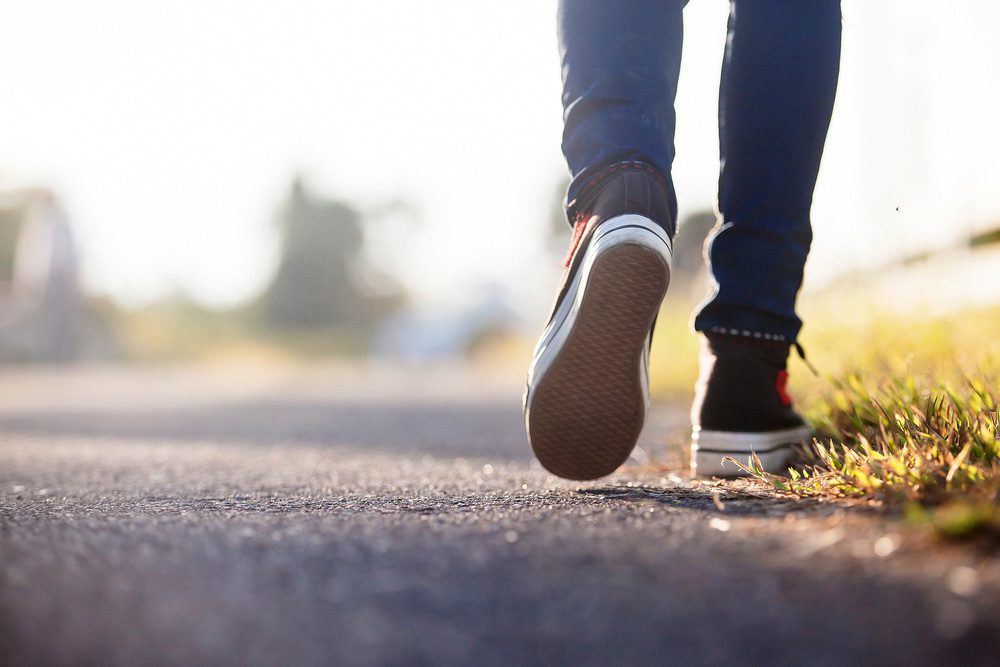After a long day of sightseeing while on vacation, who hasn’t felt sore, fatigued feet?،The pleasure of walking, hiking, and even jogging while traveling will be improved by wearing a good pair of walking shoes, no matter where your wanderlust takes you, from the cobblestone streets of Venice to the well-known routes of Central Park.
Comfort
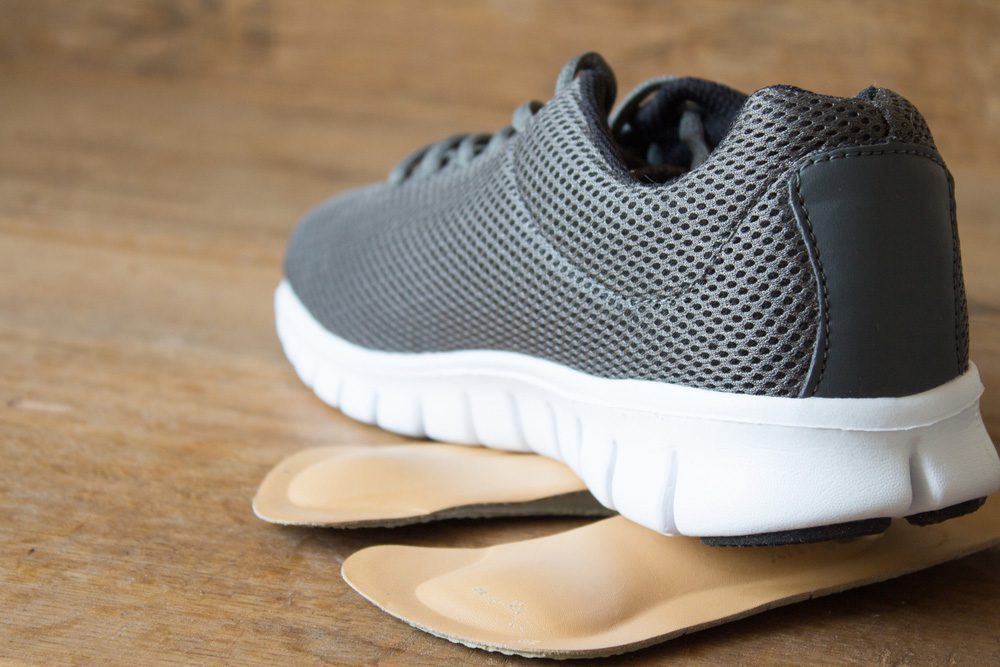 Your walking shoes should be comfortable enough to use for extended periods of time, whether you want to walk on pavement or on trails. On the outside, they should be made to handle rough terrain. On the inside, they should feel soft and be light enough not to slow you down.
Your walking shoes should be comfortable enough to use for extended periods of time, whether you want to walk on pavement or on trails. On the outside, they should be made to handle rough terrain. On the inside, they should feel soft and be light enough not to slow you down.
To avoid blistering, look for walking shoes with a tight fit at the heel and enough forefoot space to ensure they flow naturally with your movement. Padded insoles make the shoes feel good on your feet, and the soles are made to absorb the shock of walking or running on any surface
Stability
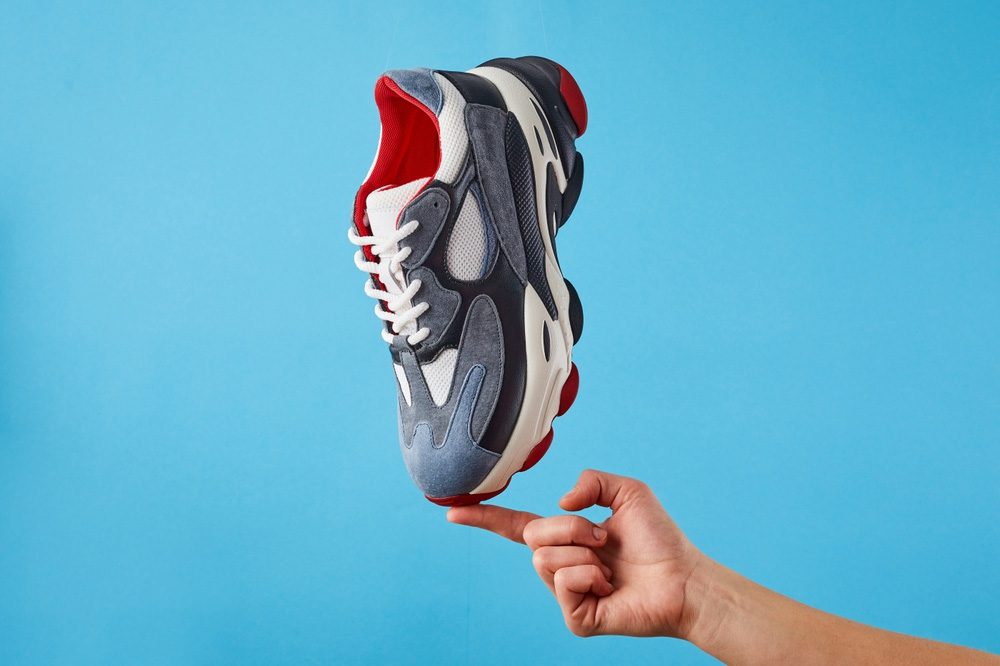 A walking shoe needs to be stable at all times for it to work well on both paved and unpaved surfaces. In rough terrain, soles with wider heels, shaped midsoles, and slightly arched toes are more durable and reliable.
A walking shoe needs to be stable at all times for it to work well on both paved and unpaved surfaces. In rough terrain, soles with wider heels, shaped midsoles, and slightly arched toes are more durable and reliable.
A high level of support for your ankles and midsoles will also help you stay stable because you will be better protected against impacts and fatigue that could cause the dreaded ankle roll.
Even though a rugged sole is great for support, you should avoid ones that are too heavy and stiff. To handle uneven terrain, your walking shoes will need to be able to bend and flex with the movement of your feet. This will make it easier for you to walk safely, even when it’s wet.
Traction
 Since our walking shoes are always touching the ground, it’s important that they can handle a wide range of surfaces and are flexible enough to let you turn on a dime. Most walking shoes have rubber soles that are strong enough to handle both paved and unpaved surfaces and keep you from slipping even when it’s wet outside.
Since our walking shoes are always touching the ground, it’s important that they can handle a wide range of surfaces and are flexible enough to let you turn on a dime. Most walking shoes have rubber soles that are strong enough to handle both paved and unpaved surfaces and keep you from slipping even when it’s wet outside.
On the bottom of your walking shoes, there will be grooves and treads that are meant to help you keep your footing. The soles have multidirectional lugs that grip well on slippery surfaces, and the composite rubber soles are very stable on snow and ice.
Bottom Line: No matter where you’re going, the walking boots you wear should have enough grip to keep you from falling over on rough or wet ground.
Weight
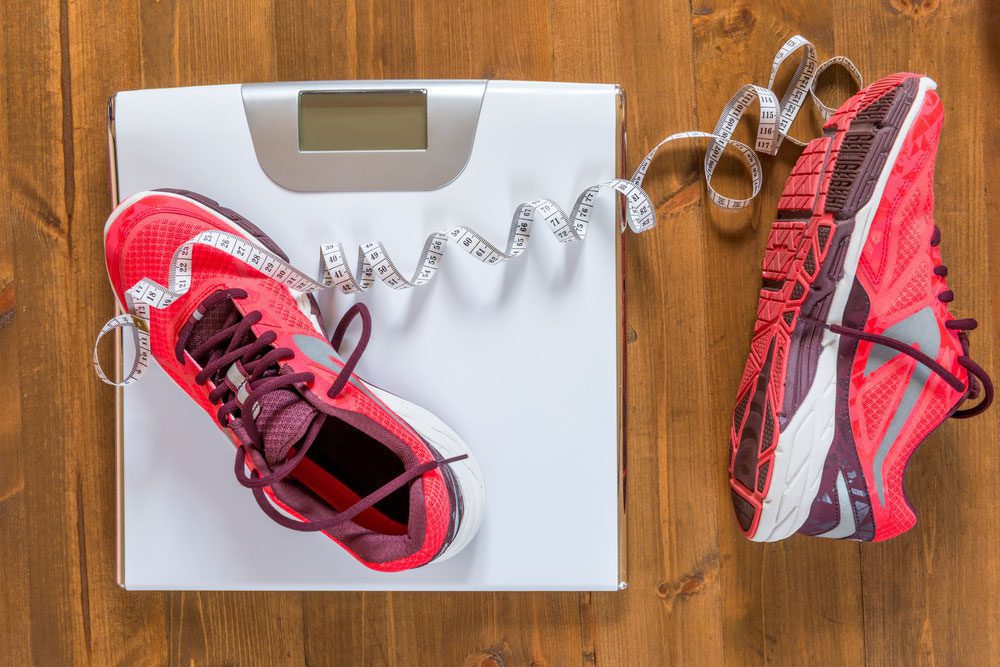 Less is more when it comes to how much your walking shoes weigh. Heavy, bulky hiking boots can slow you down, so look for shoes that are made to be as light as possible so you can keep moving.
Less is more when it comes to how much your walking shoes weigh. Heavy, bulky hiking boots can slow you down, so look for shoes that are made to be as light as possible so you can keep moving.
When you walk long distances, it can make a big difference in how well you do if your feet don’t have to carry as much weight. Look for walking shoes with lightweight rubber composite soles.
Even though walking shoes are usually lighter than their bigger, boot-style counterparts, they don’t usually give your ankles the same level of support over time. Keeping this in mind, make sure the shoes you choose are good for the terrain you’ll be walking on.
Water Resistance
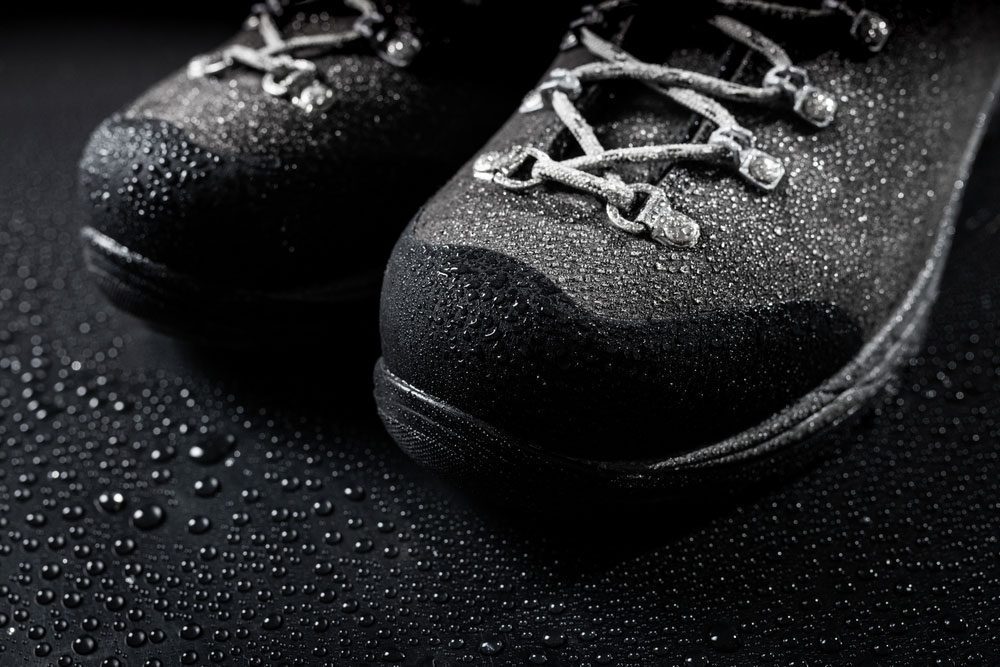 If you don’t want your shoes to get wet and your feet to get wet, choose shoes with good water resistance. If your walk will likely involve wet weather or standing water, go for shoes with leather or synthetic uppers with seam-welded stitching to help keep the water out. Rain and snow may soak into your shoes in an instant.
If you don’t want your shoes to get wet and your feet to get wet, choose shoes with good water resistance. If your walk will likely involve wet weather or standing water, go for shoes with leather or synthetic uppers with seam-welded stitching to help keep the water out. Rain and snow may soak into your shoes in an instant.
Also, it’s important to point out that water resistance is not the same as waterproof boots and shoes. Water-resistant shoes are usually made of tightly woven materials that make it harder for water to get into the shoe.
Waterproof shoes and boots, on the other hand, protect against rain, puddles, and standing water in a more complete way. Water shoes are made to be worn in the water. Water-resistant and waterproof shoes are not the same thing.
Durability
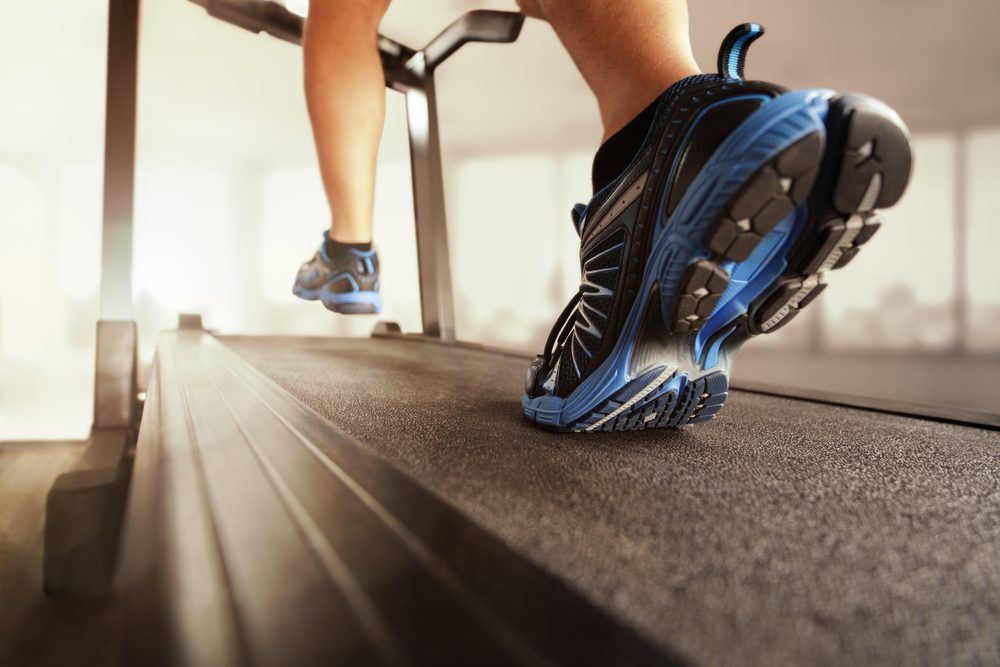 You should be able to walk in a good pair of shoes for a long time. To make sure they last a long time, choose a pair of well-made walking shoes that will work well on a wide range of surfaces.
You should be able to walk in a good pair of shoes for a long time. To make sure they last a long time, choose a pair of well-made walking shoes that will work well on a wide range of surfaces.
Traditional, longer-lasting upper materials include leather and synthetics, although contemporary mesh and textiles may also hold up remarkably well. Walking shoes with vulcanized rubber soles are less likely to split or get damaged over time. Other features, like waterproofing or laces that stretch, can also add more miles to the life of your walking shoes.
Hot Tip: Invest in the best pair of walking shoes you can afford if you want to use them every day, at work, or for extended periods of time to avoid having to buy new shoes every few months.


